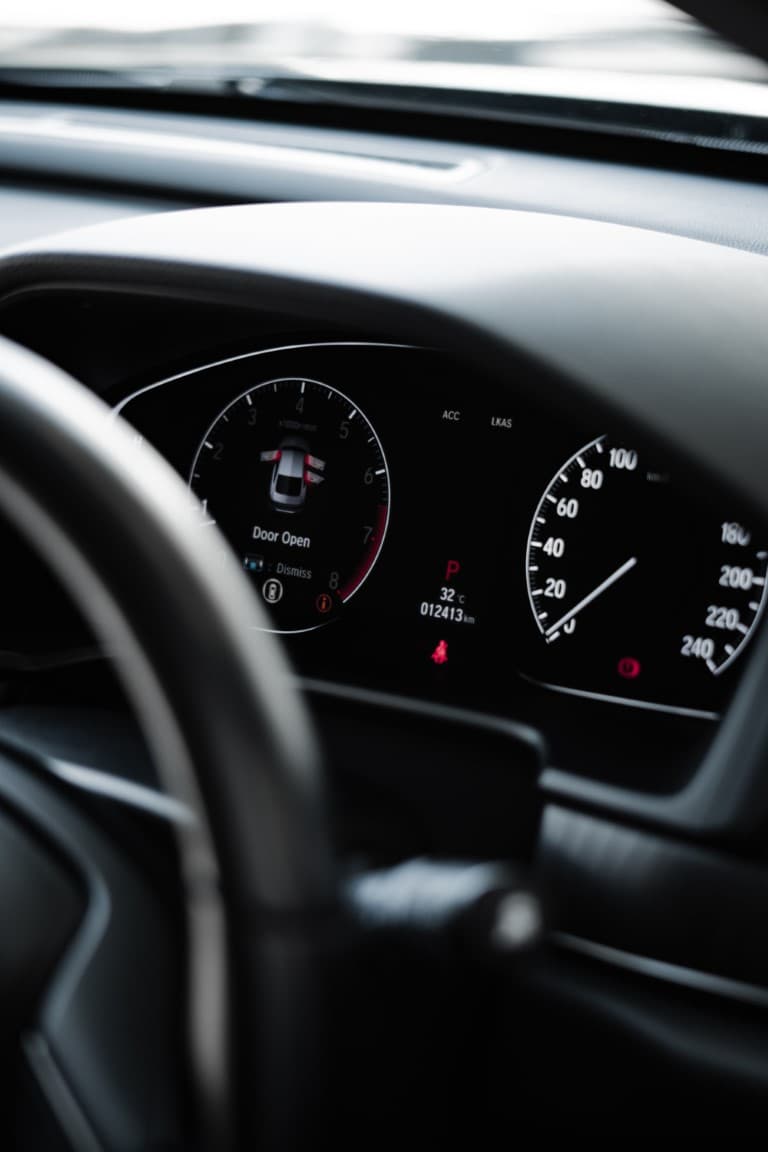Table of Contents
- Honda Fault Codes an introduction to
- How to read a Honda fault code?
- List of Honda fault codes
- Conclusion
Home » List of Fault codes for Hondas
Honda Fault Codes an introduction to
Honda fault codes are essential components for the diagnostics, maintenance, and repair of Honda vehicles. Knowing what the fault codes indicate can help Honda owners quickly identify and address issues with their vehicles. Our article will introduce you to the list of fault codes for Hondas, including what they mean and how to interpret them.You can find the code by looking at your dash for free.
Fault codes refer to a system of numbers or letters that indicate a problem in a car’s engine control unit (ECU). Each code indicates an issue that needs to be addressed by either a mechanic or the vehicle’s owner. Some common Honda fault codes include P0702, which indicates low voltage in the transmission control module; P1456, which means there is a leakage in the evaporative emission system; and P2610, which means there is an internal ECU malfunction.
How to read a Honda fault code?
Understanding how to read Honda fault codes is essential for any car owner who wants to maintain optimal performance from their vehicle. Fault codes tell you when something has gone wrong with your car, ranging from minor issues to major problems.
Learning how to decipher these fault codes can help you determine the best course of action for repairs in order to get your Honda back on the road quickly.
So let’s break down exactly what the parts of the fault codes mean, because once you know how to read them, you will be able to figure out what the car is telling you. And once you figure out what the car is telling you, then you will be one step closer to fixing these issues and clearing these codes... as no one likes it when your dash looks like a Christmas tree… right?
Diagnostic error codes are alphanumeric codes used to identify an issue on any of the systems monitored by the onboard computer (ECM or PCM), ok great but how do we get the info? Well we have to break down each aspect of the code?
The first letter of the fault code
First things first, the first letter from the “main system” where the error originated is the system that it is coming from- helpful right? Well don’t worry as these are the different letters it could be and what they mean:
C is from the Chassis
P is from the Powertrain
B is from the Body and
U is from the network.. which doesn’t make sense unless you refer to it as the UART… easy right?
The second digit of the fault code
Ok now we move onto the second digit, which will be a number to identify the type of code.
P0xxxxxx is going to be a code that applies to all cars. So if you have a Honda, Lexus, Toyota, Maserati, or whatever it might be, the code could apply.
P1xxxxxx is specific to the manufacturer. Which doesn’t mean much as either way you are having the error code right?
The third digit of the fault code
So now we can break down the codes to the third digit, which is the sub-system. I know it is getting a bit confusing …. but just stick with us.
1 Fuel and Air Metering
2 Fuel and Air Metering (injector circuit malfunction only)
3 Ignition System or Misfire
4 Auxiliary Emission Control System
5 Vehicle Speed Control and Idle Control System
6 Computer Output Circuits
7 Transmission
8 Transmission
The fourth and fifth characters
So now we get to the final fourth and fifth characters.. which are basically the specific area of the section that is causing the issue. There are so many different variants that we will need to do a full other article about them all to make sure that they are correct for you. But to start here are a couple that we have put together:
List of Honda fault codes
1 O2A – Oxygen sensor #1
2 O2B – Oxygen sensor #2
3 MAP – manifold absolute pressure sensor
4 CKP – crank position sensor
5 MAP – manifold absolute pressure sensor
6 ECT – water temperature sensor
7 TPS – throttle position sensor
8 TDC – top dead centre sensor
9 CYP – cylinder sensor
10 IAT – intake air temperature sensor
12 EGR – exhaust gas recirculation lift valve
13 BARO – atmospheric pressure sensor
14 IAC (EACV) – idle air control valve
15 Ignition output signal
16 Fuel injectors
17 VSS – speed sensor
19 Automatic transmission lockup control valve
20 Electrical load detector
21 VTEC spool solenoid valve
22 VTEC pressure valve
23 Knock sensor
30 Automatic transmission A signal
31 Automatic transmission B signal
36 traction control found on JDM ecu’s
41 Primary oxygen sensor heater
43 Fuel supply system
45 Fuel system too rich or lean
48 LAF – lean air-fuel sensor
54 CKF – crank fluctuation sensor
58 TDC sensor #2
61 Primary oxygen sensor
63 Secondary oxygen sensor
65 Secondary oxygen sensor heater
71 random misfire cylinder 1
72 random misfire cylinder 2
73 random misfire cylinder 3
74 random misfire cylinder 4
Conclusion
The list of fault codes for Hondas is super useful for anyone that either wants to find out what the issue their car is having to fix, or to have an idea on what to talk to the mechanic about before they take their car in. You can find the code yourself for free, so why not?
We hope that our list gives you a great starting point for troubleshooting and diagnosing issues relating to Hondas and their different systems. The one frustrating thing is that, as mentioned before, one code could be caused by some pretty different problems. But it will help you narrow down the scope of issues you are looking for.



